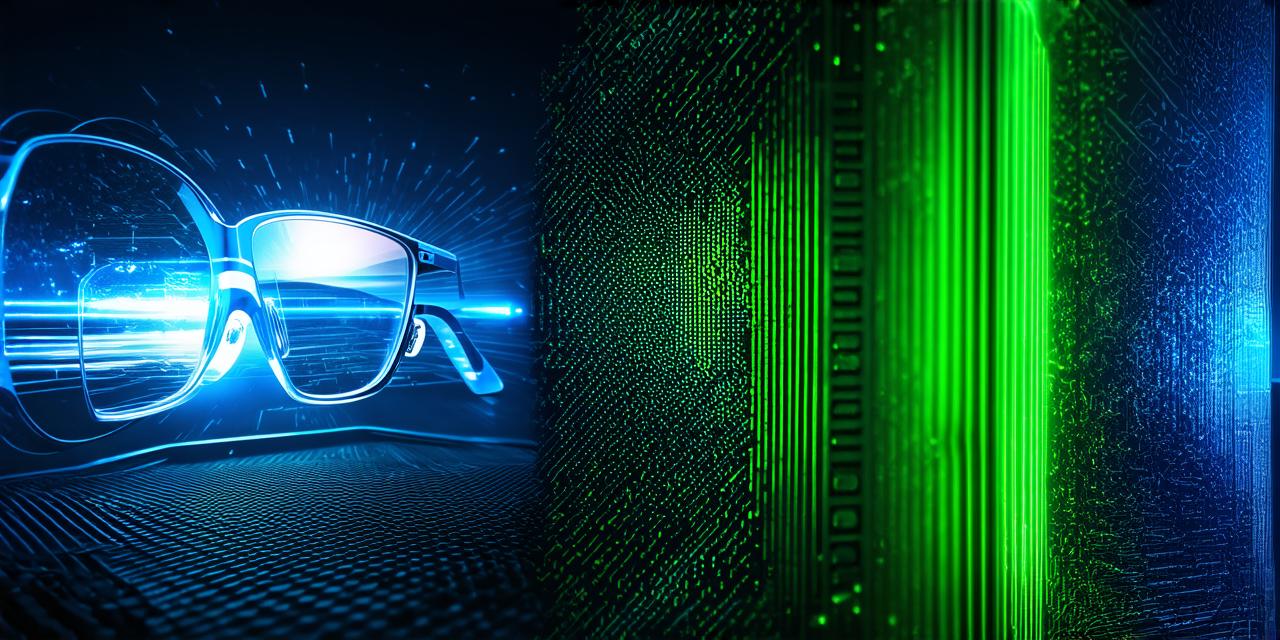Augmented reality (AR) technology
is transforming the way we interact with digital information in our daily lives.
AR applications are being used in a variety of industries, including healthcare, education, retail, and entertainment. As AR continues to grow in popularity, there has been an increase in the number of AR development software available on the market.
Unity Hub
is one of the most popular AR development platforms on the market. It was first released in 2018 and has since grown to support over 40 million developers worldwide.
Unity Hub
provides a comprehensive suite of tools for creating, deploying, and monetizing AR applications.
It includes a drag-and-drop editor, real-time rendering, and support for multiple devices.
One of the key features that sets
Unity Hub
apart from other AR development platforms is its ability to work with both 2D and 3D assets. This allows developers to create AR experiences that are interactive and engaging, without sacrificing performance or user experience.
Additionally,
Unity Hub
provides a wide range of plugins and integrations that allow developers to extend the functionality of their AR applications.

Case Study: Unity Hub in Action
A great example of how
Unity Hub
can be used is the development of an AR-based game called “Jurassic World: Evolution.” This game uses AR technology to bring dinosaurs to life, allowing players to interact with these prehistoric creatures in a variety of ways. The game was developed using
Unity Hub
and has since been downloaded over 50 million times on mobile devices.
Another example is the use of
Unity Hub
for creating AR-based training simulations for healthcare professionals. For instance, the “Medical Realities” platform uses AR technology to simulate surgical procedures in a realistic environment, allowing doctors and nurses to practice their skills without risking patient safety.
Vuforia
is another popular AR development platform that has been around since 2010. It was acquired by Unity Technologies in 2017, which means that it now benefits from the resources and expertise of one of the biggest players in the gaming industry.
One of the key features that sets
Vuforia
apart from other AR development platforms is its ability to track objects in real-time using a smartphone or tablet camera. This allows developers to create AR experiences that are both interactive and immersive, without requiring expensive hardware like headsets or markers.
Additionally,
Vuforia
provides a wide range of tools for creating, testing, and deploying AR applications.
Case Study: Vuforia in Action
A great example of how
Vuforia
can be used is the development of an AR-based shopping app called “IKEA Place.” This app uses AR technology to allow customers to see how furniture and decor would look in their home before buying them. The app was developed using
Vuforia
and has since been downloaded over 50 million times on mobile devices.
Another example is the use of
Vuforia
for creating AR-based training simulations for military personnel. For instance, the “Virtual Reality Medical Center” uses AR technology to simulate combat scenarios, allowing soldiers to practice their skills in a safe and controlled environment.
ARKit
is Apple’s own AR development platform that was first introduced in 2017. It is designed specifically for iOS devices and provides a comprehensive suite of tools for creating AR experiences.
One of the key features that sets
ARKit
apart from other AR development platforms is its integration with Apple’s ecosystem of devices, including iPhones, iPads, and Macs. This allows developers to create AR experiences that are optimized for Apple’s hardware, resulting in better performance and user experience.
Additionally,
ARKit
provides a wide range of tools for creating and testing AR applications.
Case Study: ARKit in Action
A great example of how
ARKit
can be used is the development of an AR-based app called “Snapchat.”
